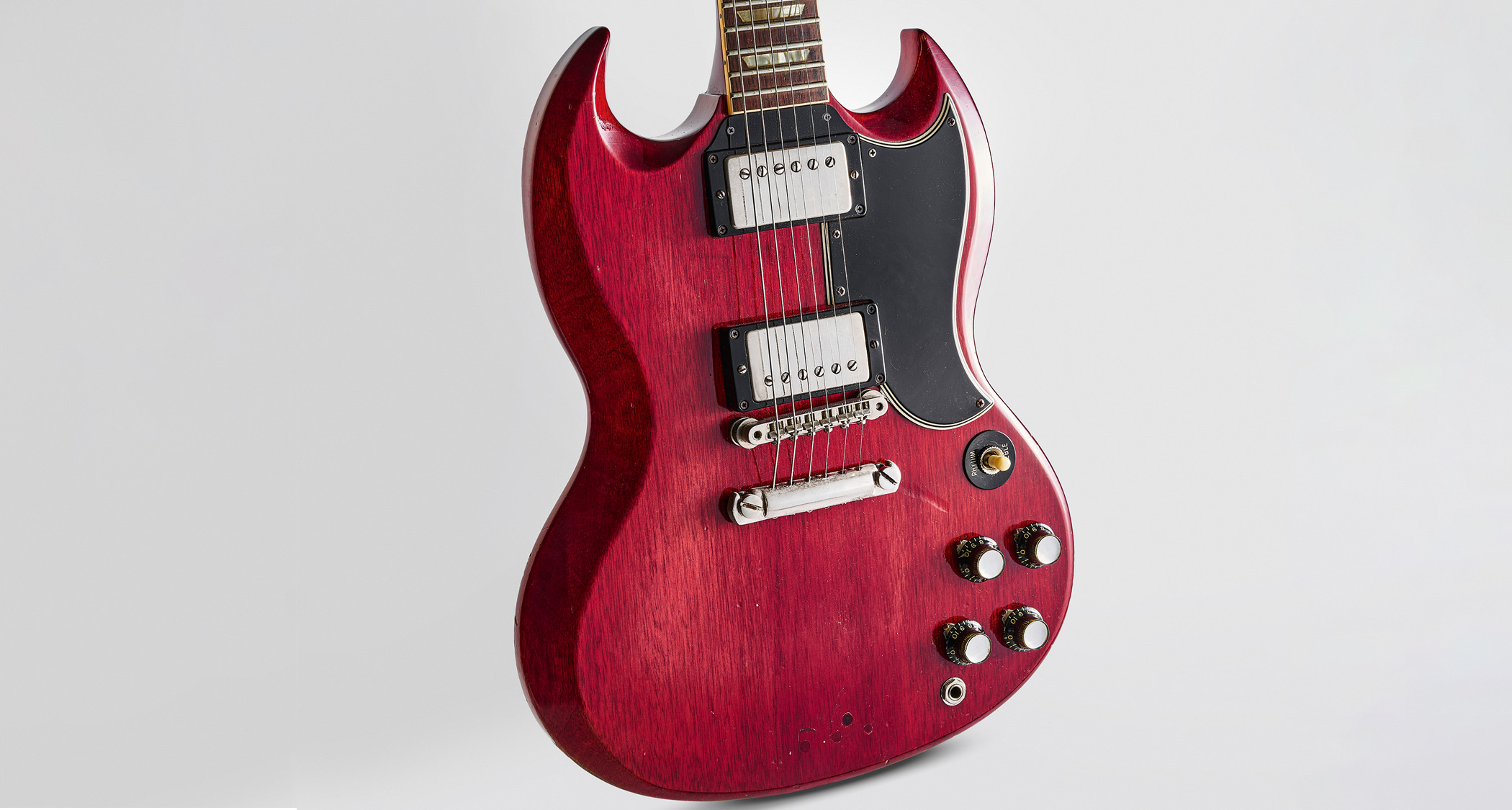“This was specifically wanting it to have the sort of grandiosity of a Comfortably Numb-type guitar solo but without really referencing that vocabulary”: Randy McStine reveals all behind his cosmically epic solo on Steven Wilson's The Overview
When Wilson asked McStine to redefine the guitar solo for the 21st-century, David Gilmour's greatest solo was the reference. The catch? No pentatonic minor blues. It was to be comfortably new

The Overview is this year’s most daring work of high-concept progressive rock so far. It is the sound of Steven Wilson operating on the forefront of his imagination, telling the story of what it’s like to be out in the final frontier, then to have the dissociative effects of returning home to Earth.
How those astronauts must feel – what researchers call The Overview Effect – must be something similar to how Randy McStine felt when Wilson told him what he wanted for his guitar solo, or maybe once he had completed it.
This was not going to be just another guitar solo, 16 bars and out. Wilson wanted to reimagine the guitar solo for the 21st-century – our generation’s Comfortably Numb.
Luckily, McStine is no ordinary player. He had some ideas. And here is how he made it, the gear, and his thinking behind it.

What gear did you use on the solo on part one of The Overview?
“I’m playing a Gibson Les Paul Custom Shop ’59 reissue and I was using a fuzz pedal based on the late-60s Burns Buzzaround – it’s based on whatever Robert Fripp used to use. And a DigiTech FreqOut, which is a feedback generator where you can dial in different harmonic overtones.
“It has a gate function on it so that you can time the swell of the feedback. So what you’ll hear sometimes is I’ll be sustaining a note, and this low-octave frequency will creep in. I thought it would be an interesting, chaotic element in the chain and I was really happy with the results.
All the latest guitar news, interviews, lessons, reviews, deals and more, direct to your inbox!
“Other than that I was plugged into a Cornford Hellcat and a Suhr Reactive Load IR, which has impulse response speaker cabs loaded into it. So I could basically crank the amp silently.”
What was Steven’s brief to you for the solo before you hit record?
“By the time we got to the guitar solo in question, I’d started to see these articles pop up about trying to 'reinvent the classic rock guitar solo'. So you’ve got this four-minute space for the guitar to be featured, which is a lot of pressure in the sense that you could slice it a million different ways.
“But this was specifically wanting it to have the sort of grandiosity of a Comfortably Numb type of guitar solo but without really referencing that vocabulary, which is kind of a funny paradox to be hit with because it automatically tells you you’ve got to avoid this bluesy pentatonic minor thing that would be expected in that direction.”
- The Overview is out now via Fiction.
- This article first appeared in Guitarist. Subscribe and save.
With over 30 years’ experience writing for guitar magazines, including at one time occupying the role of editor for Guitarist and Guitar Techniques, David is also the best-selling author of a number of guitar books for Sanctuary Publishing, Music Sales, Mel Bay and Hal Leonard. As a player he has performed with blues sax legend Dick Heckstall-Smith, played rock ’n’ roll in Marty Wilde’s band, duetted with Martin Taylor and taken part in charity gigs backing Gary Moore, Bernie Marsden and Robbie McIntosh, among others. An avid composer of acoustic guitar instrumentals, he has released two acclaimed albums, Nocturnal and Arboretum.
You must confirm your public display name before commenting
Please logout and then login again, you will then be prompted to enter your display name.


